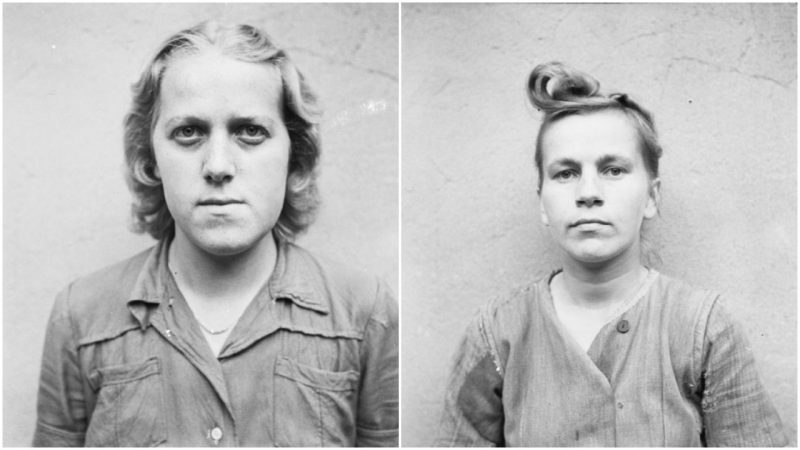January 27th is the day dedicated to all the victims of the Holocaust. It was the day that Auschwitz was liberated in 1945. After witnessing the atrocities conducted by the SS in concentration camps all over Europe, the Allied forces’ reaction was decisive―most of the former guards and members of staff in camps were executed, while a small portion of them imprisoned.
This mainly concerned the male staff members, as women were perceived as auxiliaries with no real role in the genocidal crimes conducted by their male counterparts. However, out of 55,000 guards serving in the concentration camp system, about 3,700 were women.
Around 1,000 of them were detained by American troops in 1945 when their relation to the crimes was investigated. Since there was no capacity to process all of the alleged members of the SS immediately after the war, many of the women were released, as no substantial evidence was found.
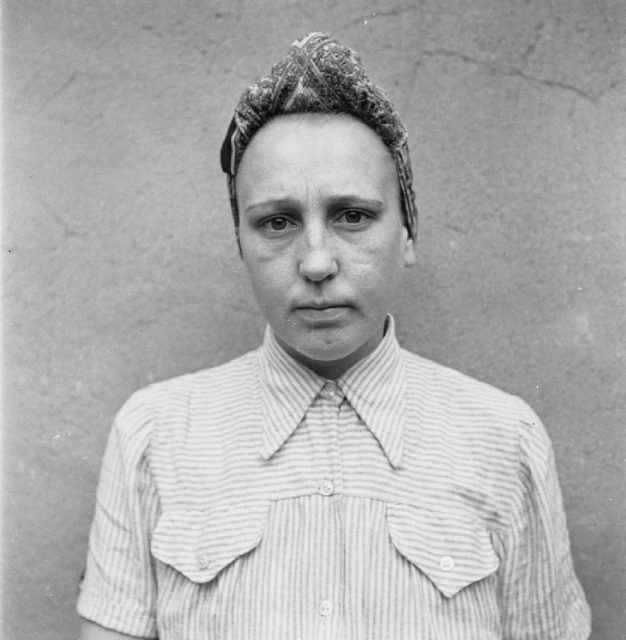
But later it became known that the women in the SS actively participated in the life and death pandemonium within concentration camps. In the Soviet-occupied zone, most of the guards, both male and female, were executed on sight, while some were sent to gulags.
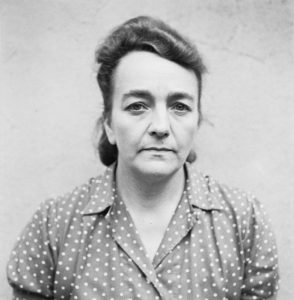
In the Allied-occupied zone, the treatment of imprisoned Nazi staff was not as severe and many managed to fool their captors and walk free. The ones who were captured by U.S. soldiers were held in internment camps at Recklinghausen or in the former camp of Dachau, which served as a temporary prison.
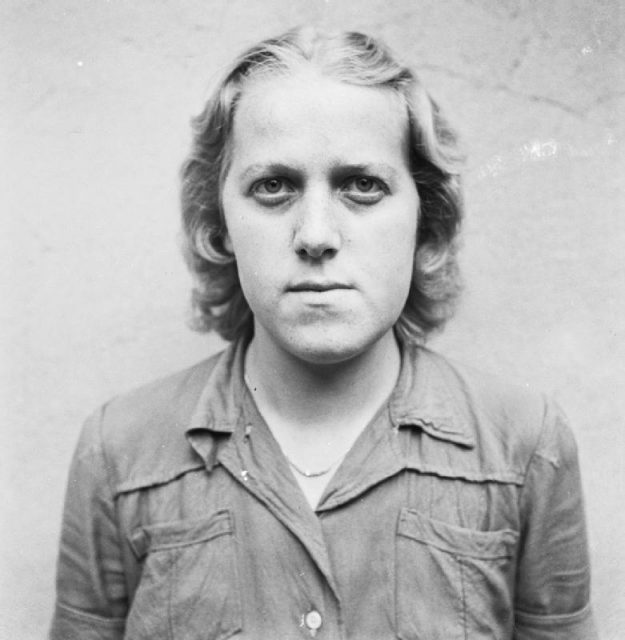
The women who served in the death camps were referred to by their superiors and colleagues as Aufseherin (plural Aufseherinnen), meaning female overseer or attendant. Most of them were from lower- or middle-class social background and had no relevant work experience; the posts were advertised as a way for women to show their love for the Third Reich.
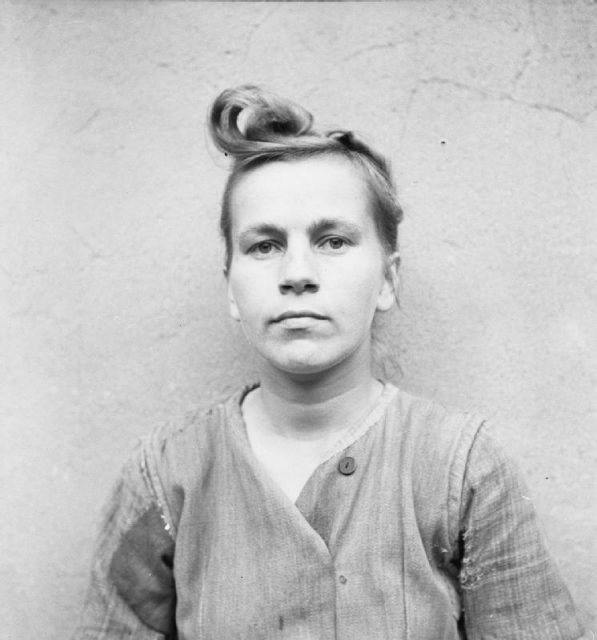
Some were recruited from Nazi-sponsored organizations such as the League of German Girls, where they were indoctrinated into the NSDAP ideology. All the female staff were members of the volunteer support service SS-Gefolge (“SS-Aides”), which allowed some to later argue in court that, unlike their male colleagues, they were not officially members of the SS.
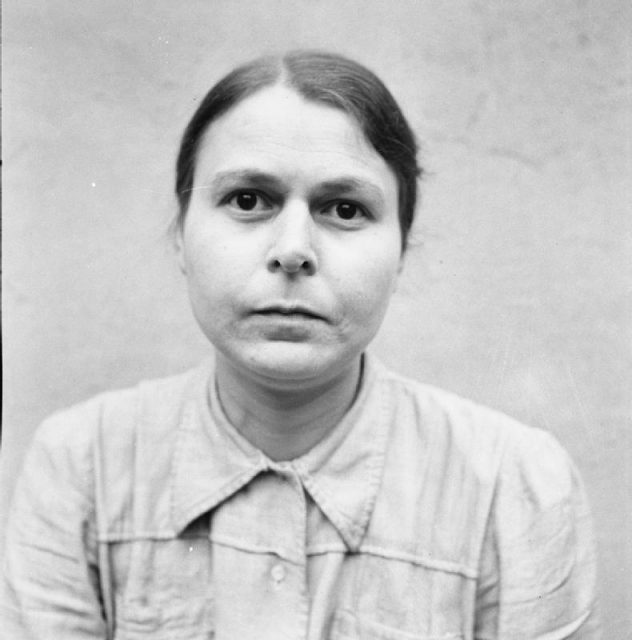
Nevertheless, the sadism and cruelty of some of the female members of the staff surpassed many of the male officers who were in charge. Also, during the time when the death camps were operational, it wasn’t unusual for the women to nurture relationships with soldiers and officers.
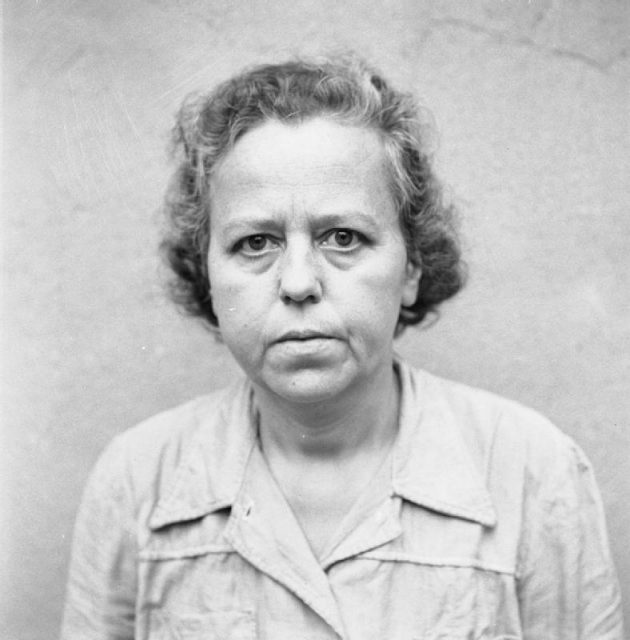
The initial use of women in concentration camps began in Ravensbruck in 1939, which was a camp designed especially for female inmates.
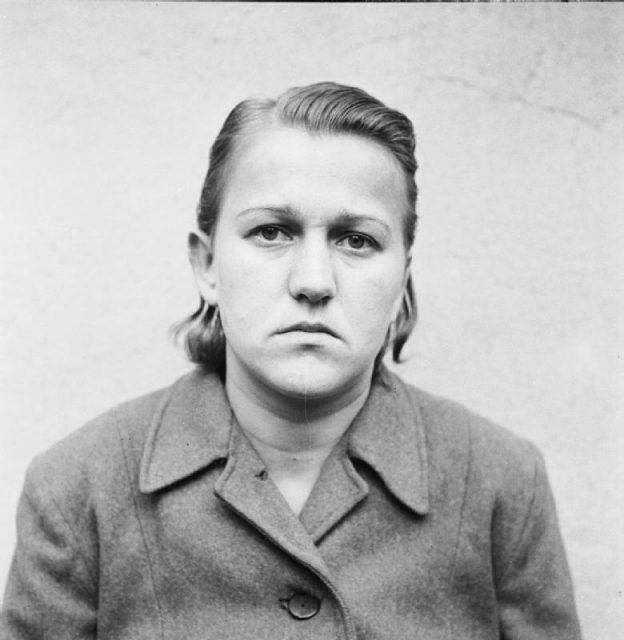
In 1942, due to the shortage of manpower, women were employed in Auschwitz and Majdanek. From that point on, women began to fill the ranks of guards all over Germany and occupied Europe, as men were needed for the front.
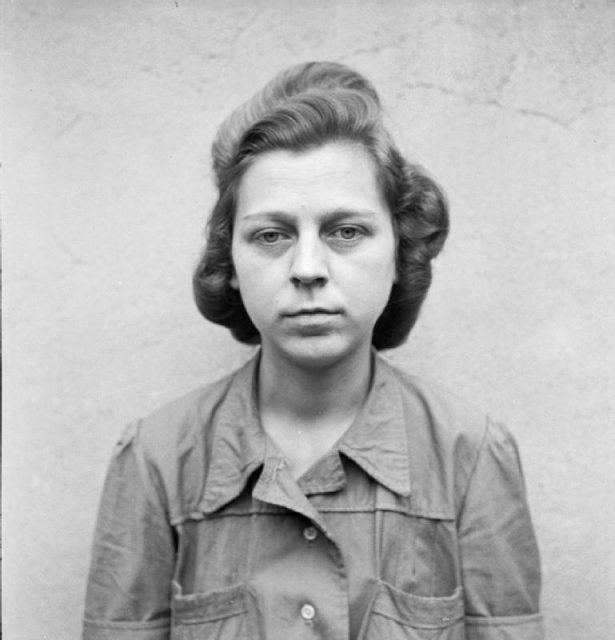
They were mostly pulled from factory duties within the German Labour Exchange system, where they substituted for men who were drafted into the army.
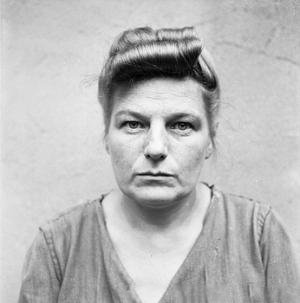
One of the best-known figures that struck fear into the hearts of inmates was Ilsa Koch, the wife of Karl-Otto Koch, who ran camps at Buchenwald and Sachsenhausen. Due to her unmatched cruelty, she was nicknamed “the bitch of Buchenwald.”
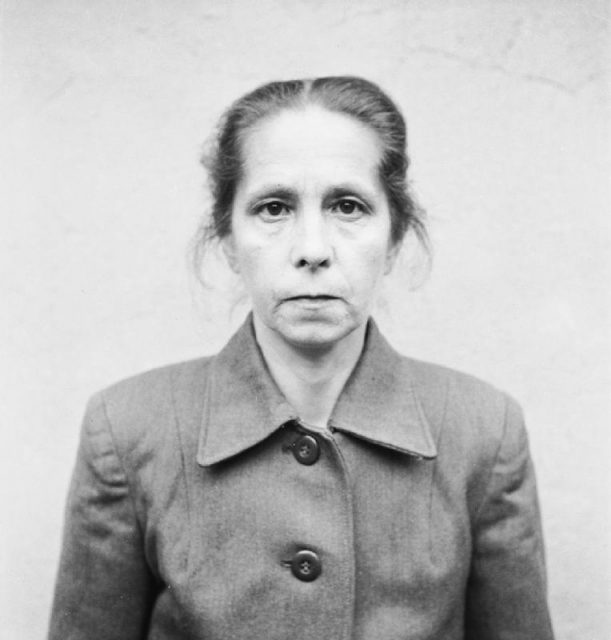
Another notorious female overseer was Klara Kunig of Ravensbruck, whose behavior served as an example to other women involved in guard duties.
Most of the women who were captured by the Allies were tried in the Auschwitz Trial, in four of the seven Ravensbruck Trials, at the first Stutthof Trial, as well as in the in the second and third Majdanek Trials, and at the small Hamburg-Sasel camp.
